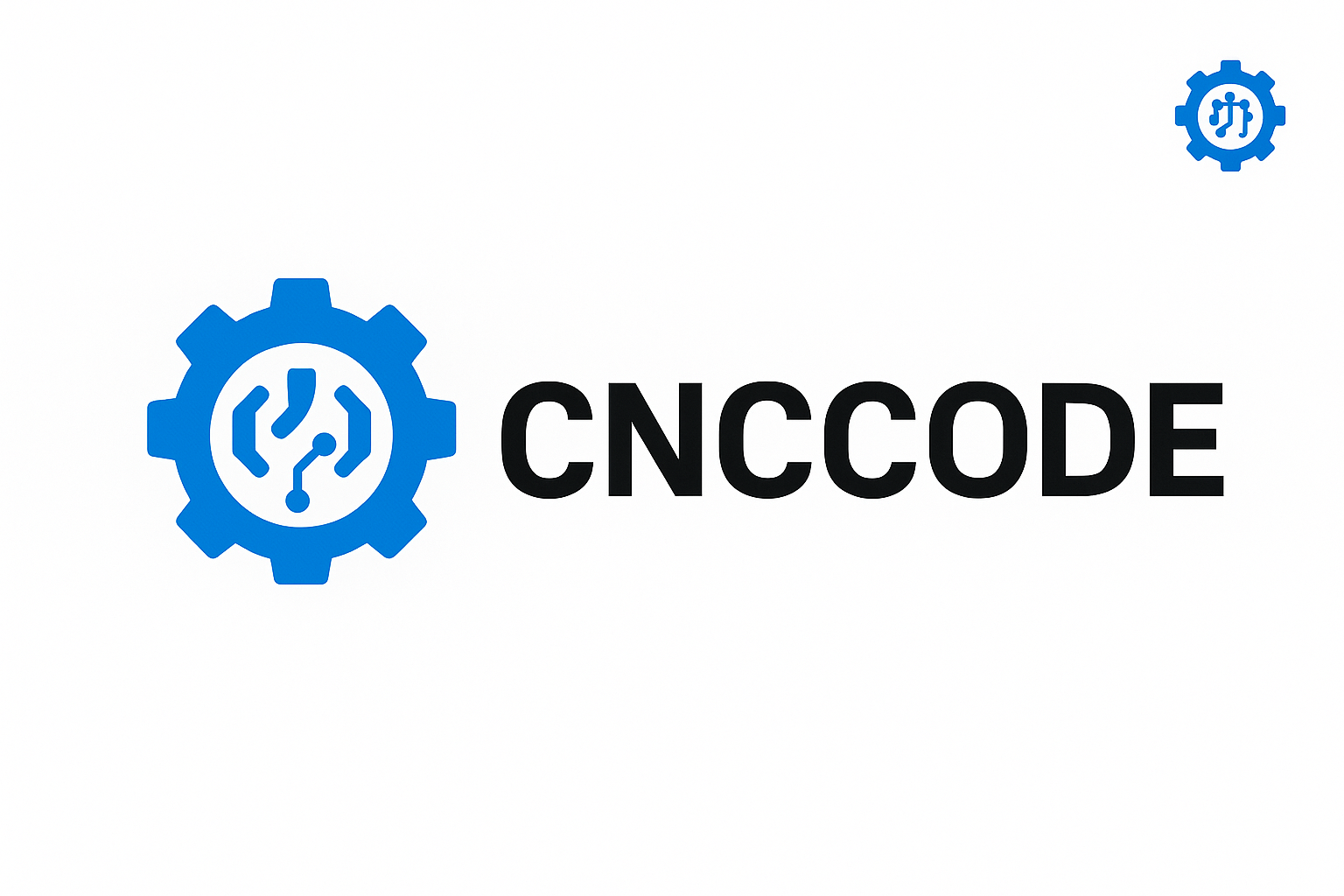Explore the most powerful CAD/CAM software tools for CNC machining, from beginner-friendly programs to advanced industrial platforms. Learn features, comparisons, and future trends.
CAD/CAM Software: The Ultimate Guide to Design and Manufacturing Integration
CAD/CAM software bridges the gap between design and manufacturing, allowing users to go from idea to finished part with precision, efficiency, and automation. Whether you’re creating 2D profiles or complex 5-axis surfaces, CAD/CAM software provides the tools necessary to generate accurate toolpaths and simulate machining before any material is cut.
What is CAD/CAM Software?
CAD (Computer-Aided Design) is used to design parts, assemblies, and drawings in 2D or 3D. CAM (Computer-Aided Manufacturing) converts those designs into G-code instructions that drive CNC machines.
Why is CAD/CAM Software Essential?
- Accuracy: CAD ensures precise dimensions and geometries.
- Efficiency: CAM generates optimal toolpaths for fast machining.
- Visualization: 3D simulation reduces the risk of errors.
- Automation: Speeds up the design-to-manufacturing pipeline.
- Integration: Combines design and machining in one environment.
Top CAD/CAM Software for CNC Machining
| Software | Best For | Key Features |
|---|---|---|
| Fusion 360 | All-in-one solution | Cloud-based, affordable, 2D/3D CAD, CAM, simulation |
| SolidWorks + CAMWorks | Professional engineering | Parametric design, built-in CAM, strong support |
| Mastercam | Advanced CAM operations | Multi-axis, tool library, post processors |
| Autodesk Inventor | Mechanical design | 3D modeling, stress analysis, integrated CAM |
| Rhino + RhinoCAM | Organic shapes | NURBS modeling, complex surfaces, multi-axis CAM |
CAD/CAM Workflow Explained
The typical workflow in a CAD/CAM system is as follows:
- 1. Design: Create or import 2D/3D models using CAD tools.
- 2. Setup: Define material, stock, tool library, and machine type.
- 3. Toolpaths: Generate operations such as facing, contouring, pocketing, drilling.
- 4. Simulation: Run visual verification to check for errors or collisions.
- 5. Post-Processing: Export machine-ready G-code for your CNC controller.
Comparing CAD/CAM Systems by Type
Not all CAD/CAM tools are the same. Here’s how they vary by application:
- 2D CAD/CAM: Suitable for plasma, laser, and simple milling jobs (e.g., SheetCAM).
- 3D CAD/CAM: Ideal for mold design, complex surfaces, and multi-axis milling (e.g., Fusion 360, SolidWorks).
- Integrated Systems: Platforms like Fusion 360 combine design, simulation, and manufacturing in one environment.
Benefits of Using Modern CAD/CAM Software
- Shorter lead times and faster prototype iterations
- Fewer manual errors and reduced scrap
- Better part accuracy and repeatability
- Supports automation and lights-out manufacturing
- Improved collaboration through cloud-based tools
Future Trends in CAD/CAM Technology
- AI-Assisted Toolpathing: Smart suggestions based on geometry and past projects
- Cloud Integration: Collaborate and compute complex simulations remotely
- Augmented Reality (AR): Overlay design data in real-world machine environments
- IoT-Connected CAM: Real-time updates from the machine to CAM systems
Choosing the Right CAD/CAM Software
When selecting software, consider your machining goals, machine types, budget, and level of complexity. Fusion 360 is a great entry point, while Mastercam and SolidWorks offer advanced control for professionals.
Conclusion
CAD/CAM software is the backbone of modern CNC machining. It accelerates the transition from design to production, ensures high-quality output, and reduces errors. Mastering these tools opens doors to efficient manufacturing and innovation across industries.

Leave a comment